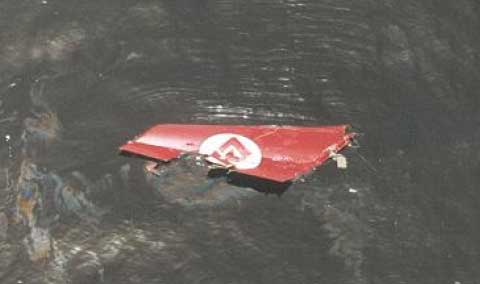Kenya Airways Airbus A310-304 plane crash
Abidjan, Ivory Coast

Updated on
 The A310 was on a passenger flight, and departed from Abidjan. The aircraft crashed into the Atlantic Ocean shortly after
takeoff from Abidjan. Numerous eyewitnesses who saw the airplane takeoff reported that it failed to gain altitude and
struck the water around a mile from the runway. 10 survivors were pulled from the water by rescue boats. 169 people died.
The A310 was on a passenger flight, and departed from Abidjan. The aircraft crashed into the Atlantic Ocean shortly after
takeoff from Abidjan. Numerous eyewitnesses who saw the airplane takeoff reported that it failed to gain altitude and
struck the water around a mile from the runway. 10 survivors were pulled from the water by rescue boats. 169 people died.
The Commission of Inquiry concluded that the cause of the accident to flight KQ 431 on 30 January 2000 was a collision with
the sea that resulted from the pilot flying applying one part of the procedure, by pushing forward on the control column to
stop the stick shaker, following the initiation of a stall warning on rotation, while the airplane was not in a true stall
situation.
In fact, the FCOM used by the airline states that whenever a stall warning is encountered at low altitude
(stick shaker activation), it should be considered as an immediate threat to the maintenance of a safe flight path. It
specifies that at the first sign of an imminent stall or at the time of a stick shaker activation, the following actions
must be undertaken simultaneously: thrust levers in TOGA position, reduction of pitch attitude, wings level, check that
speed brakes are retracted. The investigation showed that the pilot flying reduced the pitch attitude but did not apply
TOGA thrust on the engines. The investigation was unable to determine if the crew performed the other two actions:
leveling the wings and checking that the speed brakes were retracted.
The following elements contributed to the accident:
- the pilot flying's action on the control column put the airplane into a descent without the crew realizing it, despite the radio altimeter callouts;
- the GPWS warnings that could have alerted the crew to an imminent contact with the sea were masked by the priority stall and overspeed warnings, in accordance with the rules on the prioritization of warnings;
- the conditions for a takeoff performed towards the sea and at night provided no external visual references that would have allowed the crew to be aware of the direct proximity of the sea.
This accident is the 13th worst plane crash since year 2000 in terms of the number of combined onboard and ground fatalities. Watch here the list of the worst aircraft crashes since year 2000.


